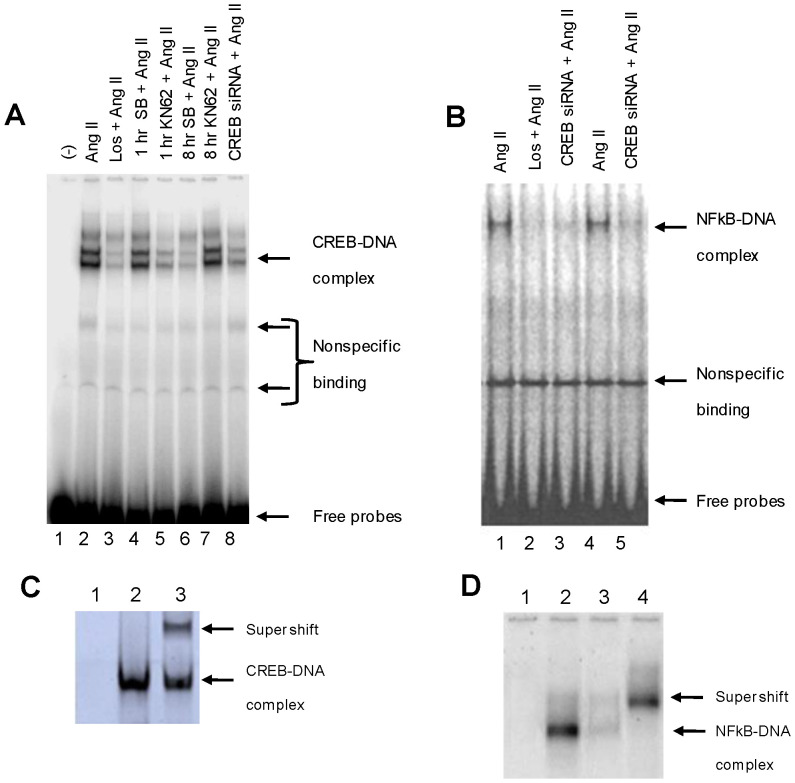Figure 5. Ang II stimulates CREB and NF-κB binding to DNA.
(A) CREB-DNA binding activity was determined under different treatment conditions using a CREB specific labeled probe. (Lane 1) No nuclear extract (negative control). (Lane 2) Ang II (100 nM). (Lane 3) Losartan (1 µM)+ Ang II (100 nM). (Lane 4) SB203580 (20 µM) + Ang II (100 nM) at 1 hour. (Lane 5) KN62 (10 µM)+ Ang II (100 nM). (Lane 6) SB203580 (20 µM) + Ang II (100 nM) at 8 hour. (Lane 7) Non-transfected cells (Ang II (100 nM). (Lane 8) Transfected cells (CREB siRNA)+ Ang II (100 nM). (B) To study the synergistic actions of CREB and NF-κB, we conducted EMSA reactions, using NF-κB specific labeled probes under different conditions. (Lane 1) Ang II (100 nM). (Lane 2) Losartan (1 µM)+ Ang II (100 nM). (Lane 3) Transfected cells (CREB siRNA)+ Ang II (100 nM). (Lane 4) Ang II (100 nM). (Lane 5) Transfected cells (CREB siRNA)+ Ang II (100 nM). (C) To confirm the specificity of the CREB-DNA binding bands we did competitive (Lane 1) and supershift assay (Lane 3) using anti CREB antibody, compared to normal CREB-DNA binding (Lane 2). (D) To confirm specificity of the NF-κB -DNA bands, we similarly performed competitive assay (Lane 3) and supershift assay using anti-p65 antibody (Lane 4). Normal binding and negative control using no nuclear lysate are also included (Lane 2 and Lane 1, respectively). Fig. 5C is excluded from this article's CC-BY license. See the accompanying Expression of Concern for more information.

